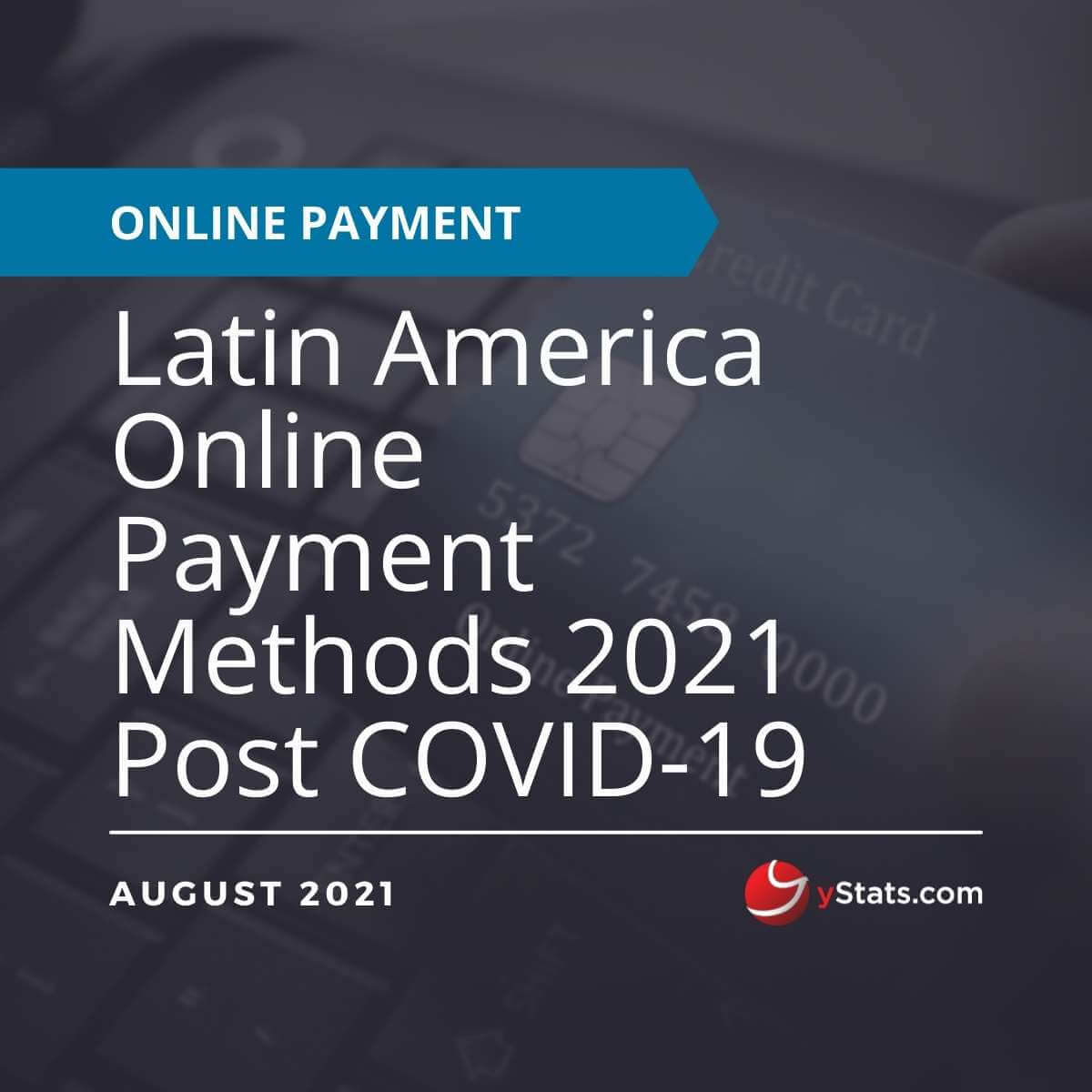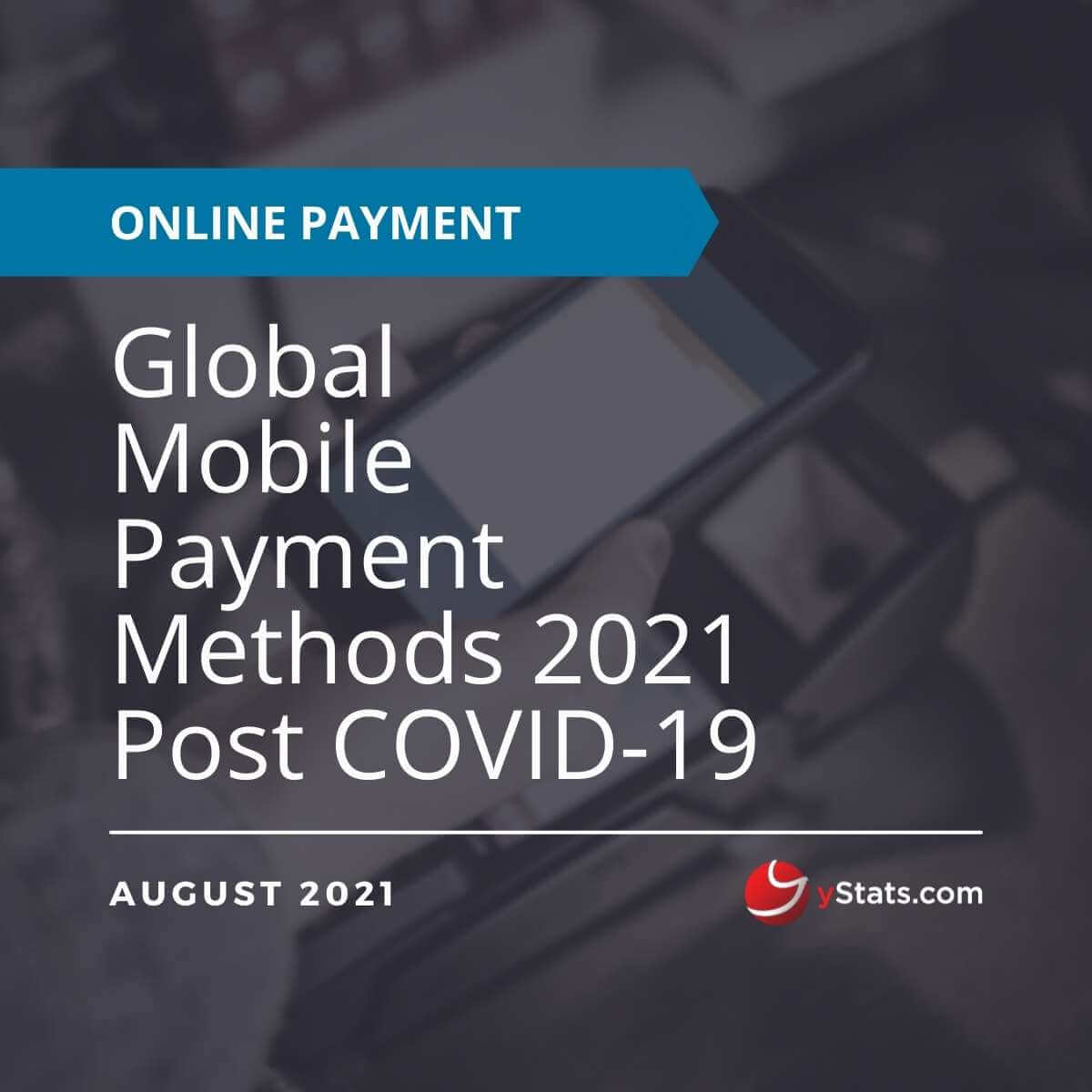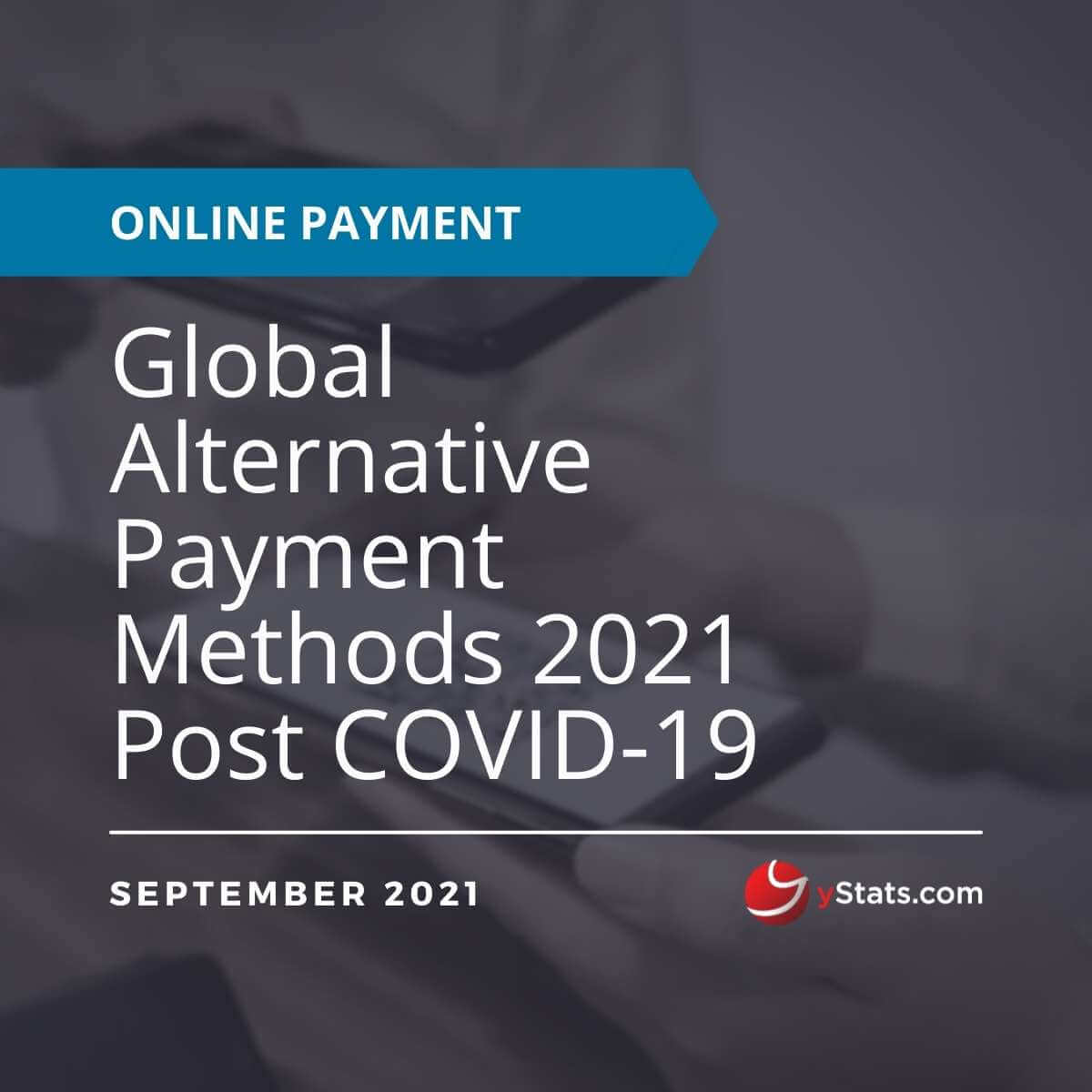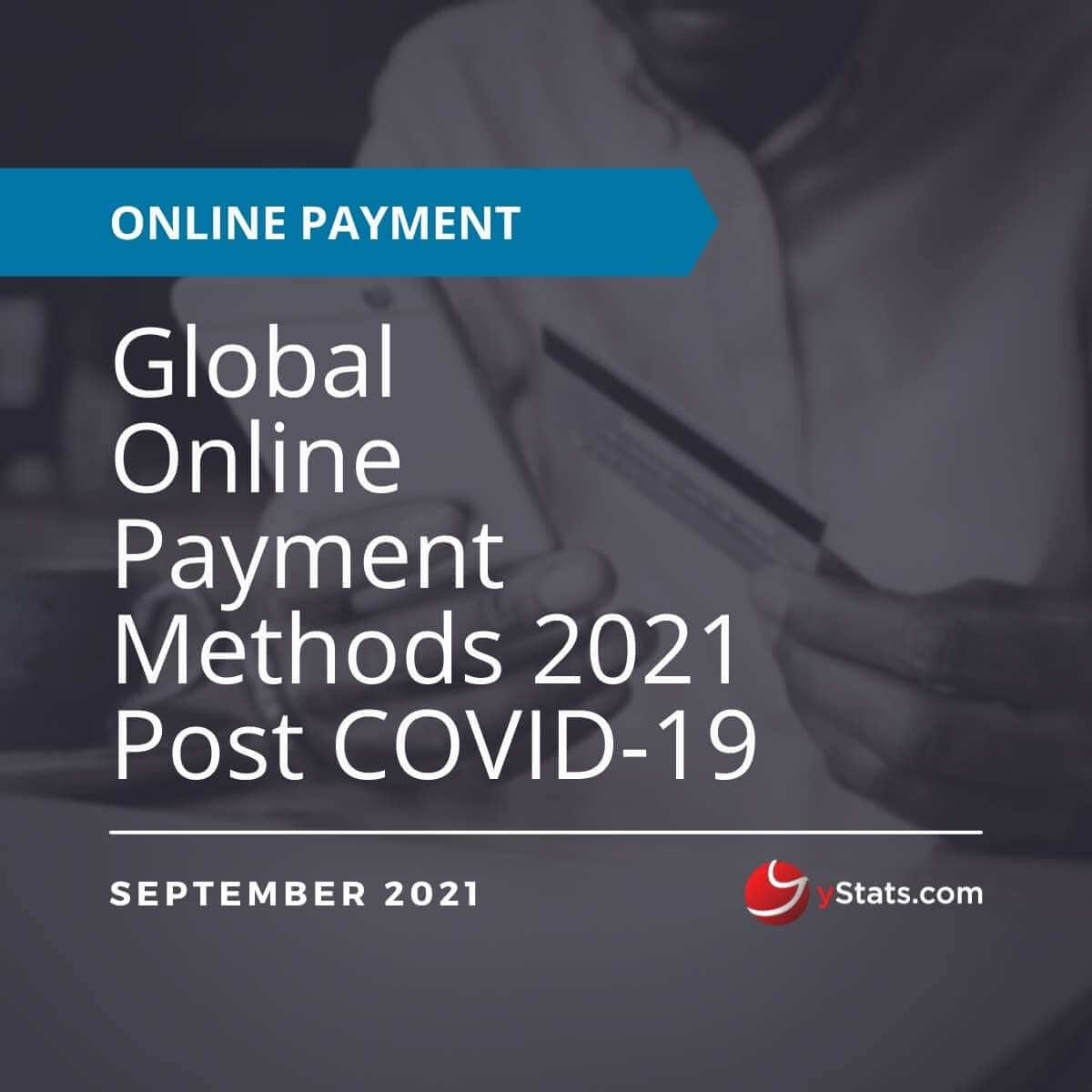Description
Countries Covered: Australia, China, Hong Kong, India, Indonesia, Japan, Malaysia, New Zealand, Philippines, Singapore, South Korea, Taiwan, Thailand, Vietnam
Pages: 119
Publication Date: 18/08/2021
Questions Covered in the report:
- What is the value of online payments in the countries of Asia-Pacific?
- What are the top payment methods used in Japan and how did the composition change as compared to pre-pandemic times?
- How did the COVID-19 pandemic impact the value and volume of electronic payments in South Korea?
- What forms of B2C payments were preferred by consumers in Australia and which were the fastest-growing during the pandemic?
- What is the share of individuals in Singapore who are aware of Buy Now Pay Later services in 2021?
- What is the mobile payment user penetration rate in China and what share of consumers prefer them over all other payment methods?
Key Findings:
The Asia-Pacific region led the world in cashless transactions in 2020; dominance forecast through 2030: new yStats.com report.
China was expected to be the largest market player in online payments in 2020
In the midst of the COVID-19 pandemic in 2020, the use of digital payments in Asia-Pacific accelerated, due to the increased smartphone penetration, Internet access and high digital adoption rate. The region was projected to be a leader in cashless transactions globally, growing at a CAGR of 16% from 2020 through 2025. China was expected to dominate in the region in online payments in 2020, reaching a value of over two trillion U.S. dollars. Moreover, China was estimated to have the highest proximity mobile payment user penetration rate compared to other countries in the world in 2021, at 80% of all smartphone users. Other countries in the region that experienced the enhancement in the digital payment market were Malaysia, with over a 60% increase of E-money transactions from 2019 to 2020, and Indonesia, with over a 40% growth of electronic money operations. With the rapidly changing environment amid the pandemic, consumers responded with a strong shift towards online and cashless purchases. The common reasons for that included avoiding handling of cash, earning points, convenience, speed and easier payment process.
Mobile payment adoption accelerated in a number of countries amid the COVID-19 health crisis
Payment methods preferred by the consumers varied in each country. The most common payment methods amid the health crisis were physical or contactless cards, digital wallets, though in some regions, cash was still the leading payment form in 2020. Moreover, mobile payment adoption has also witnessed an increase over the year. In South Korea, the mobile wallet payment grew by 46% from 2019 to 2020; in China, the third-party mobile payments grew at 18.3% from Q3 to Q4 2020; and in India, the mobile wallet transaction value was expected to leap at 81% from 2020 to 2021. Among the top mobile payment service providers in the region in 2020 were iD and Suica Mobile in Japan, Naver Pay and Kakao Pay in South Korea, and Alipay and Tenpay in China, as detailed in the yStats.com report. Other payment methods that gained momentum in 2020 and were projected to accelerate were real-time payments. The three markets leading in the number of RTP transactions in 2020 were India, China and South Korea, which were projected to see a nearly twofold growth over the next 5 years.
Buy Now Pay Later service use increases in Australia
An alternative payment form used in the region was Buy Now Pay Later service in 2020. Namely, in Australia, over 70% of individuals are aware of such service, as of 2021. And the most popular BNPL service provider in the country is Afterpay, followed by Zip, with 70% of Australians being familiar with the former player and almost 50% with the latter, as per the February 2021 survey. In Singapore, on the other hand, BNPL payments are not commonly used, as of 2021, with only 13% of individuals surveyed claiming that they used this service.







